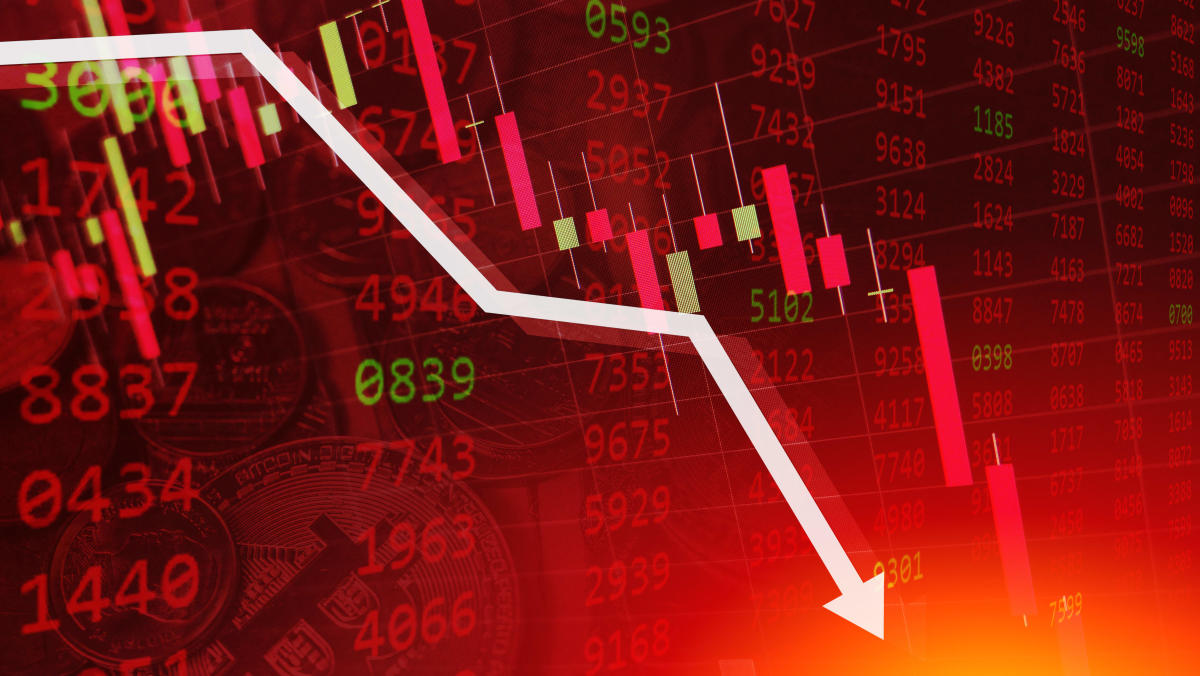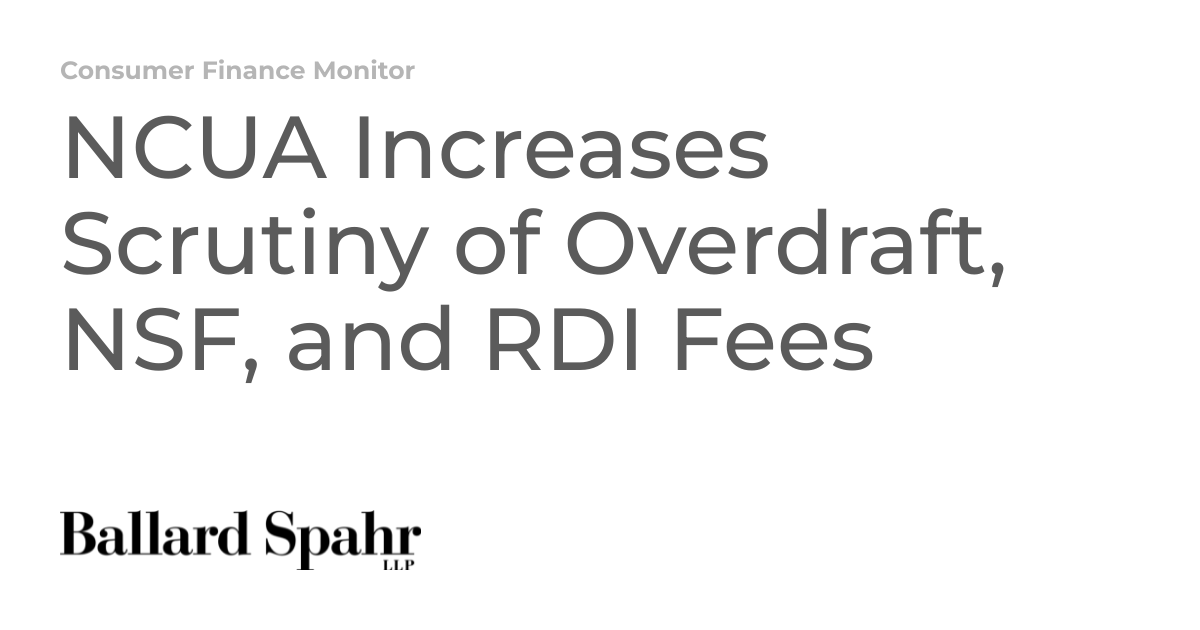- Sakari Järvelä appointed Chief Financial Officer at Aktia
- Justin Trudeau ‘considering resignation’ after shock clash with finance minister
- CFPB Student Loan Ombudsman: servicer errors plague student loan program
- Amid financial woes, Sequoia fires its president, CEO and CFO
- Nvidia may be entering a ‘limitless’ era: Investor
The RI team has chosen six themes we think will be high up the agenda in ESG and sustainable finance in 2025. It’s fair to say it looks like it will be a year of change and reflection around key industry concepts and goals, as well as how responsible investing’s place in broader investment strategies is evolving.
You are viewing: Six sustainable finance trends for 2025
Alongside these trends, we’ve published specific outlooks on the following topics: US and EU regulatory developments, ESG resolutions, nature and climate benchmarks.
As always, we’re keen to hear what you think we should focus our coverage on. Email us here with your thoughts as another busy year in the responsible investment space begins.
Quest for real-world impact
Discussions around the real-world impact of sustainable finance will be an overarching theme in 2025. This is becoming a key part of the broader transition finance debate that will likely continue to dominate, and evolve, this year.
While portfolio decarbonisation is by no way a thing of the past, an increasing number of market participants are vocal about the need to think beyond this.
Last summer, the Institutional Investors Group on Climate Change (IIGCC) updated its net-zero guidance – used by the likes of Paris Aligned Asset Owners (PAAO) members – to clarify that users will be encouraged to report information regarding investments in climate solutions, transition assets or emerging market exposures to provide a clearer picture of how they are supporting real-world decarbonisation.
The IIGCC noted that carbon-intensive assets “may be acquired or remain in portfolios to facilitate decarbonisation”.
On the asset owner side, Prudential said in September when it launched a $350 million investment pot dedicated to transition finance that its decarbonisation progress may be challenged in the near term. But this would be acceptable, the Asian investor said, as tackling the transition is “essential”.
Swedish pension fund AP7 also told RI that it is “the real-world impact we should care about, not whether it is in the portfolio or not”, while noting the challenges and long time horizon needed for its “accelerated engagement” with a concentrated portfolio of misaligned companies.
Of course, embarking on this type of approach is no mean feat. A range of market participants have flagged concerns about looking as though they are backtracking on climate, and that investing in high-emitting or otherwise challenging sectors could appear to stakeholders as a departure from their climate strategies.
At RI Europe, UK pension pool Brunel Pension Partnership’s head of responsible investment Faith Ward set out worries about reputational risks of investment in hard-to-abate sectors by climate-conscious investors and called on regulators to “have our backs”.
Going back to the investment product side, an investor-backed GFANZ initiative in October launched voluntary guidance for constructing “transition-informed” indices, noting that climate benchmarks that exclude high-emitting companies could lead to “unintended consequences”.
Given the list of investors backing the effort, we expect to see the first products inspired by the guidance launch this year.
Paris shortfalls
Related to the previous point, there is little doubt that 2025 will be a net-zero pinch point. Many asset owners and some asset managers have set interim targets for this year – and some have flagged in their own reports, or to us, that they will struggle to meet some of them.
See more : Trudeau on the brink as ally, finance minister abruptly quits over Trump tariff threats
Others have said their 2025 targets are within reach, but they are less sure about 2030 ones. The challenges are not surprising, given the real economy has not shifted. But it will be interesting to see whether investors will shed more light on their net-zero strategies and potential recalibrations in the coming months.
And if there ever was a sign that difficult discussions about what actually is required for a net-zero transition to take place, the first big news story of 2025 was that GFANZ – yes, the Glasgow Financial Alliance for Net Zero – is no longer requiring partnering organisations to adopt net-zero targets.
Instead, the alliance will instead focus on mobilising transition finance to emerging and developing economies.
RI understands that the move is also partly a response to the politically driven ESG backlash, which has seen all the largest six US banks leave GFANZ’s Net Zero Banking Alliance in recent weeks.
While the GFANZ shift does not impact the various net-zero alliances’ membership rules, we would expect some rollbacks or changes in approach by individual investors this year, particularly on interim goals.
Physical risk and adaptation
After a year of extreme weather events in 2024, it is not surprising that the physical impacts of climate change, and the need for adaptation, are starting to feature more prominently in investor discussions.
It is early days for investors – most current adaptation financing is coming from the public sector. As noted in RI’s adaptation deep-dive last year, the Climate Policy Initiative estimated private adaptation flows at just $4.7 billion for 2019 to 2022.
But 2024 saw some progress, which is likely to continue into this year. A high-profile example was the launch of the Climate Bonds Initiative’s resilience taxonomy, which classifies more than 1,400 activities that contribute to climate adaptation and resilience.
And on the sidelines of PRI in Person in October, physical risk and the need for adaptation were major talking points. One senior stakeholder even suggested that the strong focus on transition risk by the financial sector and policymakers had been “misguided”, while a large asset manager said adaptation should have been on investors’ agenda much earlier.
Moreover, the head of responsible investing at another manager told RI they believed corporate engagement efforts on climate should start shifting towards what they are doing to adapt to climate change, while engagements with governments focus on mitigation and ways to decarbonise the real economy.
As this topic continues to rise up the agenda of investors, please reach out if you want to discuss your plans for adaptation investments or engagements.
Recalibrating stewardship
Last year was a very busy one for anyone trying to keep up with stewardship developments – and challenges. In many industry forums, the very concept of engagement and its ability to address sustainability issues has been debated.
There is continued pressure on investors to prove an outcome of their engagements, from beneficiaries, regulators and other stakeholders. There is little agreement on what exactly can be claimed, and by whom.
RI’s big stewardship survey saw investors split on whether the concept has been oversold, with comments ranging from a call for a “complete reset” of a “broken” stewardship function, to arguments that the problem is more that its power had not yet been fully realised.
Survey responses also hinted at a tension between investment and engagement teams, which we expect to be reflected in discussions and strategies this year. Close to two-thirds of respondents surveyed predicted a shift in who has responsibility for stewardship, with some explicitly citing a greater role for investment teams.
See more : GCG Advisory Partners Kicks off 2025 with Acquisition of First Fidelity Financial Group of Atlanta
The ESG backlash continued to weigh heavily on collective engagement in 2024, with Climate Action 100+ rocked by a series of US exits, including Nuveen, Goldman Sachs Asset Management, Alliance Bernstein and Franklin Templeton. UK manager Baillie Gifford also left the initiative, saying its membership had “become contested, and this risks distracting from our core responsibilities”.
This year will give more clues as to what all this means in practice for asset managers and their climate efforts, and how asset owners will navigate the situation.
The same goes for the twin-track stewardship approaches announced by BlackRock and State Street Global Advisors last year. BlackRock launched a new climate-focused stewardship option for clients with a decarbonisation objective, while State Street will offer separate sustainability-focused stewardship offering for clients who want its active ownership work to drive sustainability outcomes.
Meanwhile, a key development expected in the first half of 2025 is the release of the updated UK Stewardship Code. The draft being consulted on until 19 February proved controversial as it proposed a change to the code’s definition of stewardship, moving provisions around “sustainable benefits for the economy, the environment and society” from the definition to an explanatory note.
EU regulatory shake-up
A couple of years ago, 2025 was expected to be a year of continued implementation of sustainable finance regulation – particularly in the EU, which pioneered many of the rules which are now being emulated in jurisdictions around the world.
The reality is very different. Ursula von der Leyen, the president of the European Commission, in November said the body was looking to put the “triangle” of the EU Taxonomy, the Corporate Sustainability Reporting Directive (CSRD) and Corporate Sustainability Due Diligence Directive (CSDDD) “in one omnibus” in order to simplify and reduce the burden of the rules. More clarity on this is expected in late February.
As noted in our In the Loop newsletter, alongside the ongoing review of the Sustainable Financial Disclosure Regulation (SFDR), this means almost all EU sustainable finance regulations are in line to be revised, overhauled or consolidated.
Of course, despite widespread concern that this could result in the agenda being watered down, it should be noted that European investors polled by RI late last year were fairly keen on changes and simplifications to the CSRD.
The extent to which investors would welcome change, however, is unclear – just as there is no broad consensus on what shape a reformed SFDR should take. Hopefully, 2025 should at least mark the start of some long-awaited regulatory clarity.
Enforcement
Australia’s greenwashing clampdown continued this year, and European national supervisors are stepping up their greenwashing enforcement efforts.
Luxembourg’s financial regulator, the CSSF, announced in December that it had fined Aviva Investors €56,500 over “persistent breaches” in the manager’s internal governance frameworks. These were related to an exclusion threshold for one of the UK manager’s funds, and to claims around SDGs for the other four.
A spokesperson for the Aviva Investors told RI it “worked with the CSSF to ensure that their concerns were swiftly addressed after they were raised”. It is understood no changes were made to the investment processes of the funds, and no divestment from any of the positions held by the funds, as a result of the regulator’s findings.
The news came just months after European Securities and Markets Authority head Verena Ross told RI Europe she was “absolutely convinced that the EU national supervisors will also take enforcement actions in this space”, but that they were on a learning curve.
Now they appear ready to take action, with indications of a step up in supervision on SFDR from other national European regulators including in Denmark, France and Italy.
Source link https://www.responsible-investor.com/ri-editorial-outlook-six-sustainable-finance-trends-for-2025/
Source: https://summacumlaude.site
Category: News






